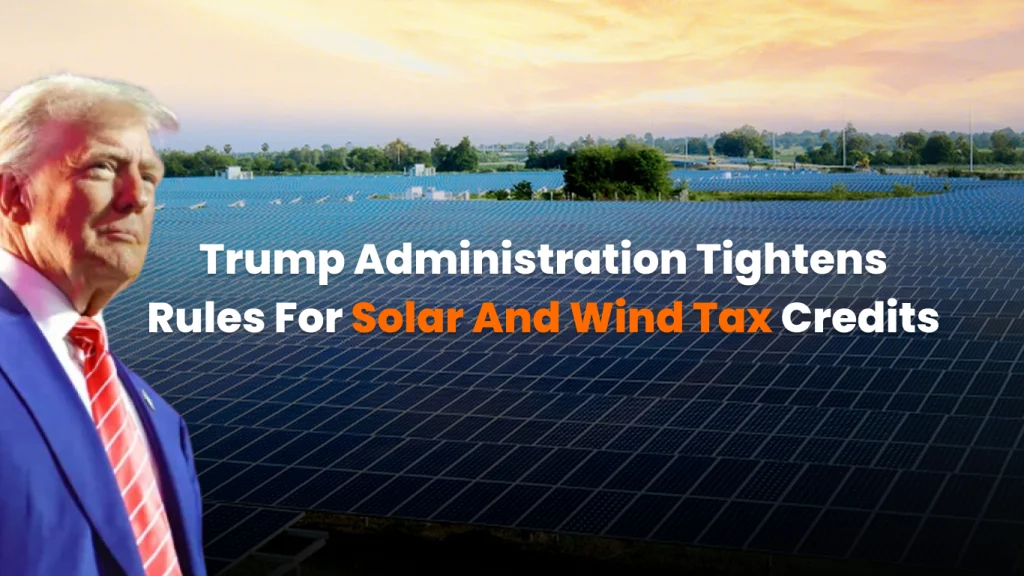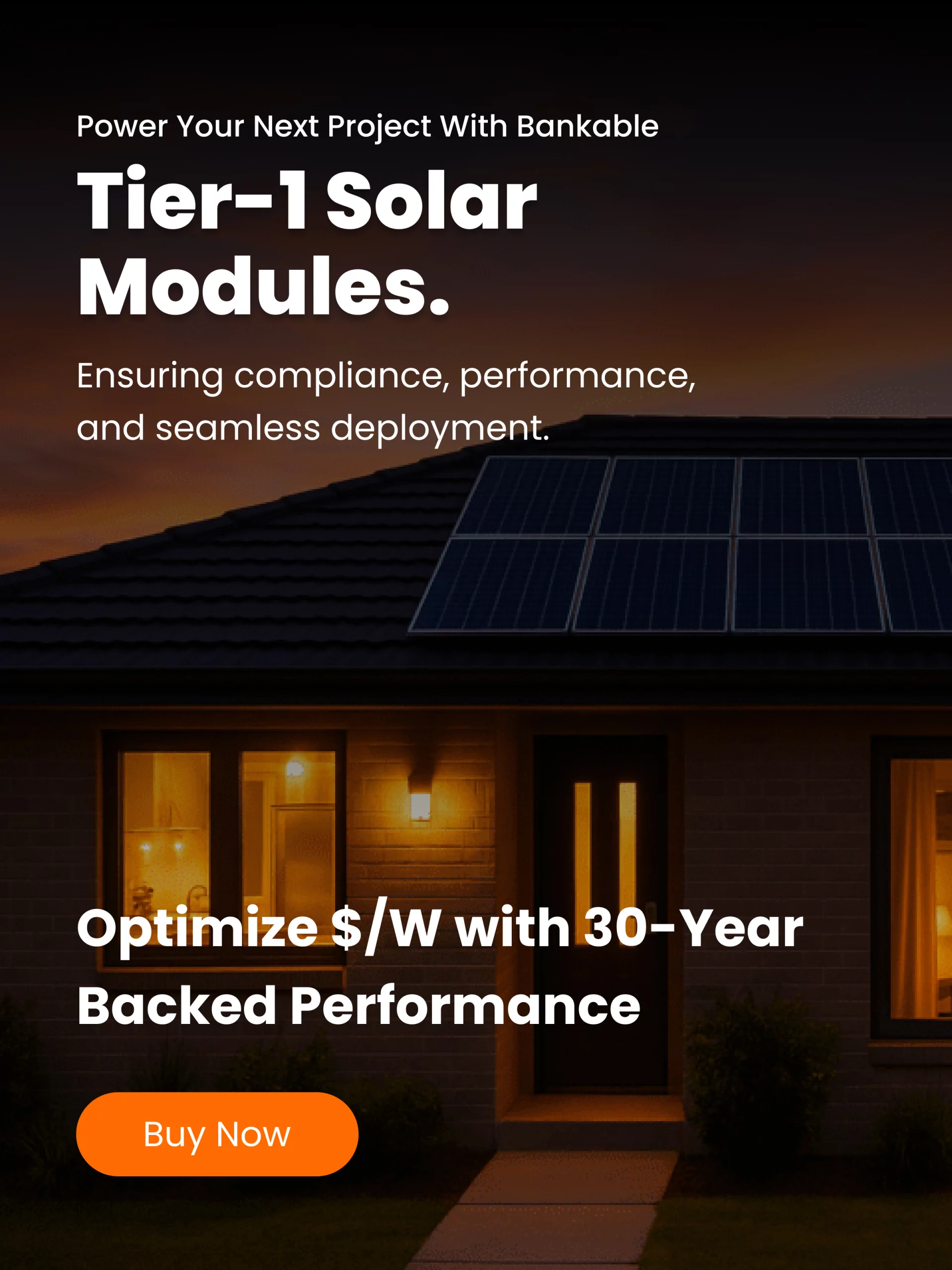The U.S. Treasury Department, under the Trump administration, announced new rules Friday that will make it harder for solar and wind energy projects to qualify for federal tax credits. The stricter guidelines require developers to demonstrate substantial physical construction, rather than minimal preliminary work, to secure incentives.
New rules redefine construction standards
The updated guidance raises the threshold for eligibility under the federal Investment Tax Credit (ITC). Large-scale projects must now show ongoing, significant physical progress, such as installing equipment or building infrastructure, before they can claim benefits.
Previously, developers could qualify by meeting the “safe harbor” rule, which required only 5% of project costs to be spent upfront. That standard allowed up to four years for construction to be completed. With the new restrictions, minor steps like permitting or early design work will no longer be sufficient to lock in tax credit eligibility.
Smaller projects see limited relief
The changes will primarily affect utility-scale solar and wind projects. Installations under 1.5 megawatts will still be able to qualify under the older 5% investment standard, a carveout aimed at keeping incentives available for residential and small commercial systems.
For larger projects, the new rules also set hard deadlines: construction must begin by mid-2026 or projects must be operational by late 2027 to access the 30% tax credit and related subsidies.
Industry raises alarm
Renewable energy groups expressed sharp concerns that the stricter requirements will slow down development and increase costs for consumers. Abigail Ross Hopper, CEO of the Solar Energy Industries Association, warned the decision would “further delay the buildout of affordable, reliable power,” while also putting the U.S. at risk of losing ground to China in the global clean energy race.
Analysts say the removal of flexible qualification measures could derail project pipelines for utility-scale solar farms and wind installations, potentially forcing developers to cancel or postpone investments.
Administration defends the decision
Treasury officials defended the policy shift, arguing that the previous rules left too much room for speculative projects to lock in subsidies without demonstrating real progress. “American taxpayers deserve to know that federal incentives are going to projects that are actually being built, not ones that exist only on paper,” a Treasury spokesperson said. “This rule ensures accountability, reduces waste, and strengthens our energy security by prioritizing projects that demonstrate real construction activity.”
Policy ties to trump’s energy agenda
The Treasury changes follow President Trump’s July executive order directing stricter oversight of clean energy subsidies. The order specifically called for tightening the rules around projects with foreign-controlled supply chains and restricting what qualifies as construction activity.
These measures also connect to the Republican-backed “One Big Beautiful Bill Act,” which accelerates the phaseout of clean energy tax credits and narrows eligibility timelines. Together, the initiatives represent a broader shift by the Trump administration to steer U.S. energy policy toward traditional fossil fuel sources while reducing federal support for renewables.
Outlook for clean energy development
With the 30% tax credit still available but harder to claim, developers face growing pressure to launch substantial on-site construction earlier in their timelines. Many large projects may need to accelerate or risk losing critical financial support.
While smaller projects remain somewhat shielded by the exemption, the utility-scale sector, the backbone of U.S. renewable expansion, faces significant uncertainty. Industry groups caution that the new rules could discourage investment, slow deployment, and weaken the nation’s clean energy momentum.




